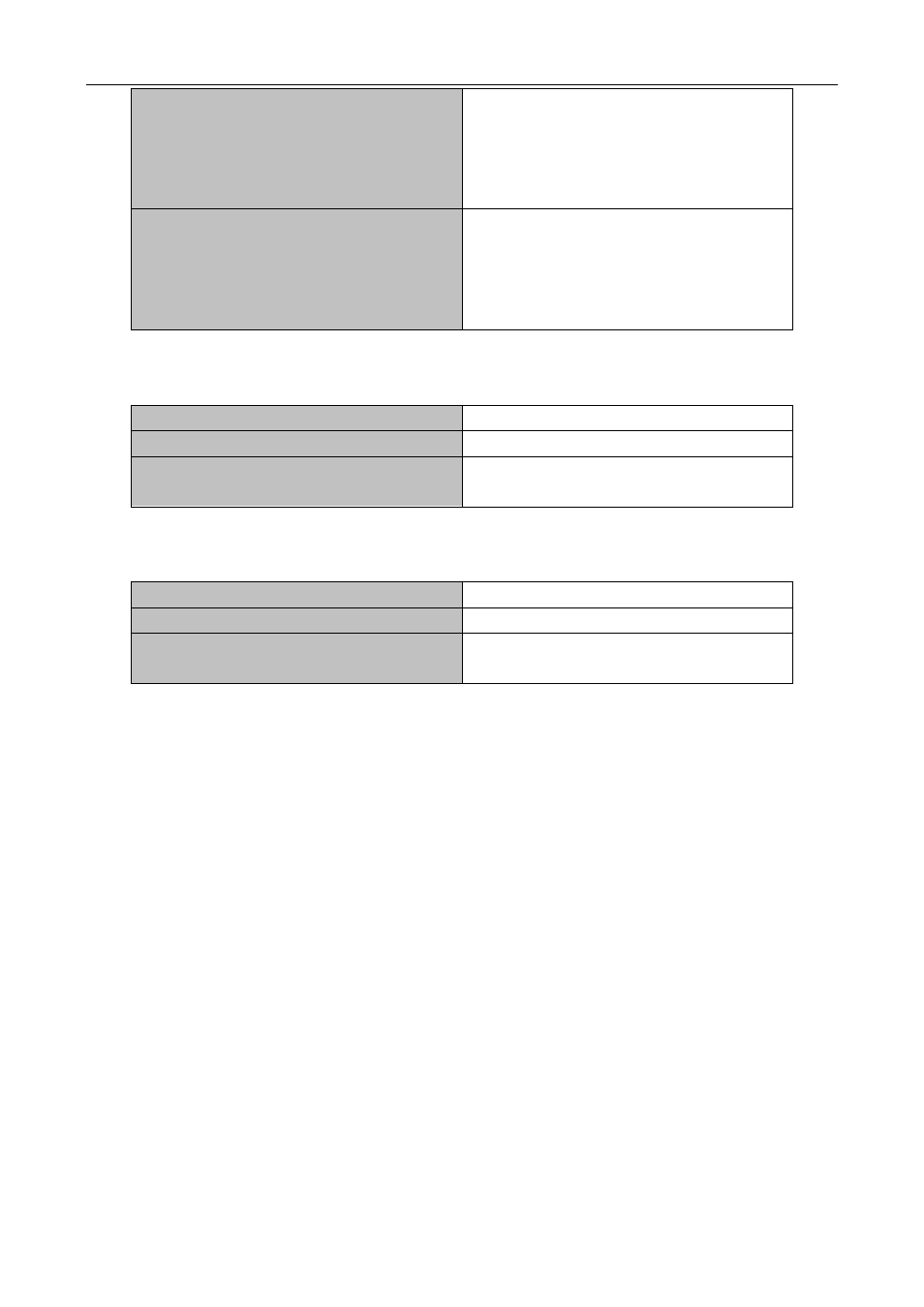2 ip configuration, 1 introduction to ipv4, ipv6, Onfiguration – PLANET XGS3-24040 User Manual
Page 172

Chapter 21 Layer 3 Forward Configuration
21-2
interface vlan <vlan-id>
no interface vlan <vlan-id>
Creates a VLAN interface (VLAN interface is
a Layer 3 interface); the no command deletes
the VLAN interface (Layer 3 interface)
created in the switch.
interface loopback <loopback-id>
no interface loopback <loopback-id>
Creates a Loopback interface then enter the
loopback Port Mode; the no command
deletes the Loopback interface created in
the switch.
2. Bandwidth for Layer 3 Interface configuration
Command
Explanation
VLAN Interface Mode
bandwidth <bandwidth>
no bandwidth
Configure the bandwidth for Layer 3 Interface.
The no command recovery the default value.
3. Open or close the vlan interface
Command
Explanation
VLAN Interface Mode
shutdown
no shutdown
Open or close the vlan interface.
21.2 IP Configuration
21.2.1 Introduction to IPv4, IPv6
IPv4 is the current version of global universal Internet protocol. The practice has proved that IPv4 is simple,
flexible, open, stable, strong and easy to implement while collaborating well with various protocols of upper
and lower layers. Although IPv4 almost has not been changed since it was established in 1980’s, it has kept
growing to the current global scale with the promotion of Internet. However, as Internet infrastructure and
Internet application services continue boosting, IPv4 has shown its deficiency when facing the present scale
and complexity of Internet.
IPv6 refers to the sixth version of Internet protocol which is the next generation Internet protocol designed by
IETF to replace the current Internet protocol version 4 (IPv4). IPv6 was specially developed to make up the
shortages of IPv4 addresses so that Internet can develop further.
The most important problem IPv6 has solved is to add the amount of IP addresses. IPv4 addresses have
nearly run out, whereas the amount of Internet users has been increasing in geometric series. With the greatly
and continuously boosting of Internet services and application devices (Home and Small Office Network, IP
phone and Wireless Service Information Terminal which make use of Internet,) which require IP addresses,
the supply of IP addresses turns out to be more and more tense. People have been working on the problem of
shortage of IPv4 addresses for a long time by introducing various technologies to prolong the lifespan of